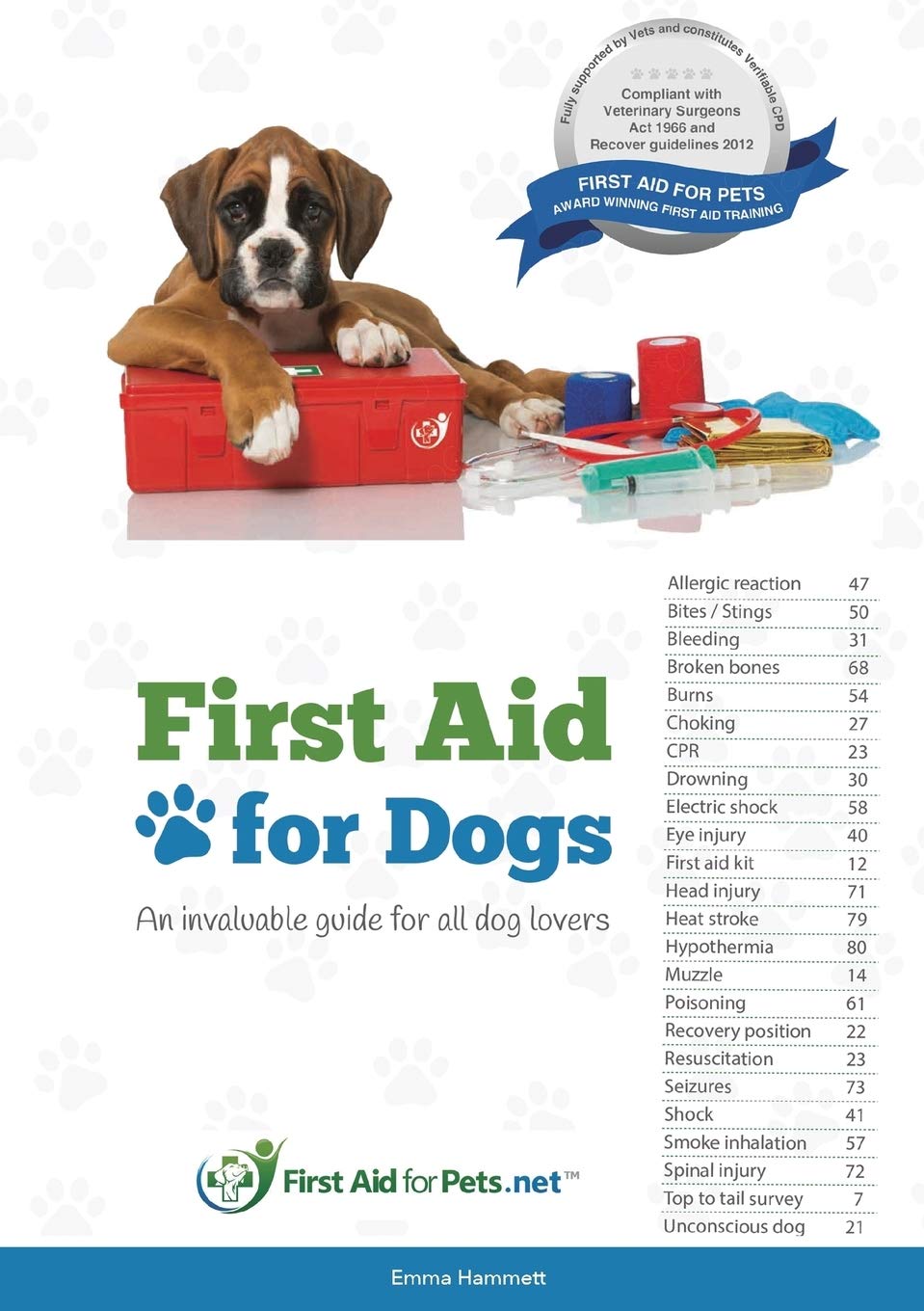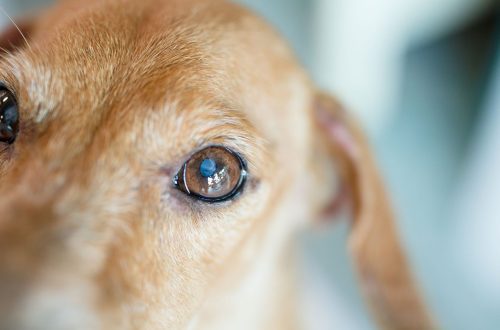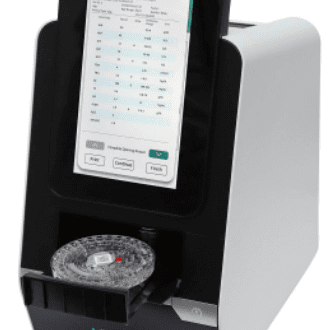
First aid for a dog
Find out in advance which clinics closest to your home are open around the clock and what diagnostic and treatment capabilities they have. Enter the phone number and address of the clinic in your mobile phone so that it is always at hand. In the event of any emergency, contact your veterinary clinic first, describe what happened and follow their advice.
Go to the veterinarian immediately! If the dog does not get up on his own, try to move him as gently as possible to a rigid base or to a blanket or outerwear. Thus, discomfort during movement will be minimal, and in case of fractures, it will prevent further damage to organs and tissues.
Remember that in this situation, the dog, being in a state of shock, can show aggression even towards its owner, so take all precautions. With a car accident, the main danger is internal bleeding, in this situation we can talk about hours or even minutes, and only an emergency surgical operation can save the dog’s life.
These are usually multiple bites and mostly skin injuries, but if your miniature dog has been attacked by a medium or large dog, there may be bone fractures and even life-threatening chest injuries, as well as internal bleeding.
At home, carefully inspect all bite sites, carefully trim the hair around all wounds and treat them with an antiseptic. It is best to go to a professional wound care clinic (may even require stitches). Be aware that bite wounds are almost always complicated by a secondary bacterial infection.
Sometimes severe bleeding can occur with cuts, in this situation it is necessary to apply a pressure bandage as soon as possible and go to the clinic. If the blood literally “spouts”, just press the cut with your fingers and hold it until you arrive at the clinic, or try to apply a tourniquet (the tourniquet application time is no more than 2 hours).
Remember that suturing is possible only on fresh wounds, within 2-3 hours after the injury – after this time, sutures are not recommended due to the risk of bacterial infection. Therefore, if the wound is larger than 1-1,5 cm, it is better to take the dog to the doctor urgently. If the wound is small and superficial, wash the wound thoroughly, treat with an antiseptic and make sure that the dog does not lick it.
The symptoms can be very varied, depending on the properties of the toxic substance or toxin and on its dose. Some substances are very toxic, others only have a negative effect if used incorrectly or if the dose is greatly exceeded. Symptoms may vary depending on how much time has passed since the poison or toxin entered the body.
Most often, food refusal, salivation, thirst, vomiting, diarrhea, cardiac arrhythmias, depression or agitation, impaired coordination of movements, convulsions are observed.
The first thing to do is to try to determine what exactly poisoned the dog: pay attention to gnawed houseplants, spilled household chemicals, open jars of cosmetics, chewed medicine packages, boxes of sweets and sweets, scattered contents of the trash can, etc. d.
Assess the dog’s condition and contact your veterinarian for first aid instructions. It usually consists in preventing the absorption of a toxic substance and removing it from the body as quickly as possible. This can be bathing in order to wash away toxic substances from the skin and mucous membranes, diluting the swallowed poison, stimulating vomiting, giving activated charcoal inside (to reduce absorption from the gastrointestinal tract).
In case of poisoning with acids, alkalis (usually the source is household chemicals) and other cleaning agents, stimulation of vomiting is contraindicated!
Exposure to acids and alkalis can lead to chemical burns of the mucous membrane of the esophagus and oral cavity. Stimulation of vomiting is also contraindicated in animals in a severely depressed state or unconscious, with cardiac arrhythmias, and convulsions. Therefore, before taking any action, contact your veterinarian.
Hydrogen peroxide and activated charcoal powder (powder is much more absorbent than tablets) should be in your first aid kit in case your doctor recommends inducing vomiting or reducing possible absorption from the gastrointestinal tract.
In case of poisoning, it is better to take the dog to a veterinary clinic, and not to call a doctor at home, since in the later stages of poisoning, symptoms can develop that are difficult to detect without laboratory or special studies (lower or higher blood pressure, drop in glucose levels, imbalance of important substances ). Take a sample of what the dog poisoned with you to the clinic – information on toxicity and first aid measures is usually indicated on packages of household chemicals and is contained in the instructions for medicines. Knowing exactly which pills the dog has taken and giving the doctor instructions will help a lot more than just saying that the dog took some white pills.
It is important to find the sting and remove it. When removing, remember that venom glands usually remain with the stinger, which continue to secrete poison, so if you pull out the tip of the stinger, you will simply squeeze more poison into the wound.
The best way is to use a flat, thin object (such as a bank card) and gently swipe across the skin in the opposite direction to the sting. Some animals may develop anaphylactic shock in response to bee and wasp stings, which is characterized by reddening of the skin, development of edema, urticaria, itching of the skin, swelling of the airways, difficulty breathing, and a critical drop in blood pressure.
The main symptoms: heavy breathing, lethargy, discoloration of the oral mucosa from bright pink to pale or cyanotic, loss of consciousness.
Take your dog indoors or into the shade, and don’t leave it on hot pavement if you’ve had heatstroke outside. Wet the ears and the tips of the paws and irrigate the oral cavity with cool water, do not use ice or very cold water for this purpose, as this will lead to excessive vasoconstriction and reduce heat transfer. Get your dog to the veterinarian as soon as possible.
It is important to know
In all emergencies, the best thing you can do is get your dog to the vet as soon as possible! The prognosis in this case depends on the speed of obtaining professional help.





